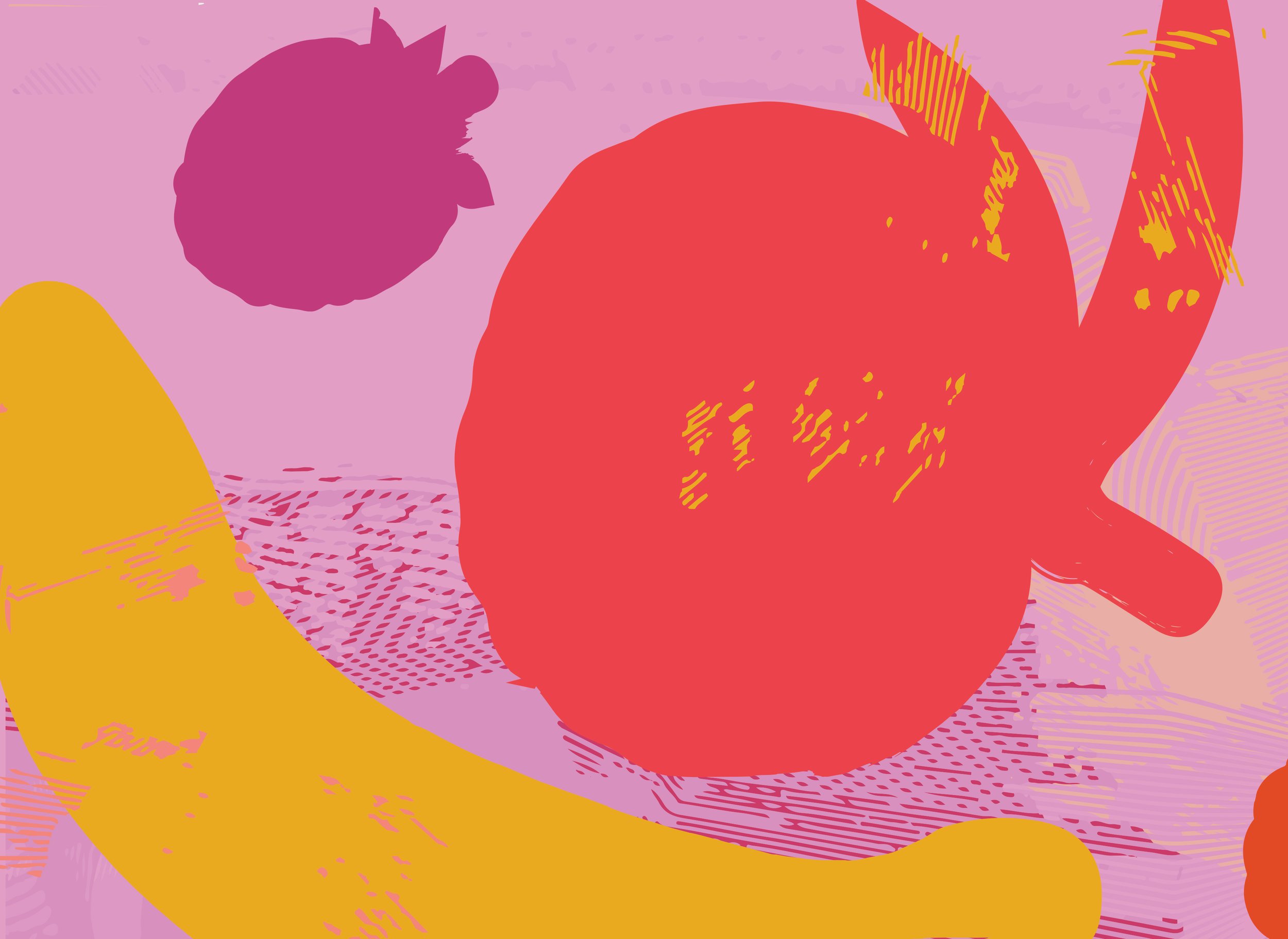
“It takes patience time, which makes the ritual of blessing it all the more meaningful because you have seen it through the process of going from raw ingredients to a beautiful golden risen bread.”
We first met Risa, chef and Queer Soup Night PDX Chapter leader, last year through our Roux edition of Queer Soup Night. We were so thrilled to have a big 2020 QSN x Roux party and then the pandemic hit. Risa was the most amazing partner to collaborate, pivot and produce our safe and fun drive-thru with and we are so grateful to have worked with her, even during the weirdest of times. Risa runs Lepage in Portland, Oregon, offering weekly meal delivery and pick-up with an aim of nurturing and comforting people.
Risa made us a beautiful, traditional Challah recipe and the three words she feels when eating this dish are nostalgia, sweet and comfort.
WHEN I ATE THIS FOR THE FIRST TIME:
Challah is a traditional Jewish braided bread that I can remember eating and making for as long as I’ve been alive. It’s surrounded by very specific ritual and meaning, from the very beginning of Judaism, but today it is generally known as the bread you eat on Shabbat, which starts on sundown on Friday nights. My mom and I often made challah at home, or we would buy it from the same place that all the other Jewish families would get their challah, where you could smell the sweet dough wafting out from the bakery every Friday. Before eating challah you cover it with a special cloth, which as kids you’re told we do so that the challah doesn’t get jealous that the candles & wine are blessed first. Then someone lifts up the challahs and you say a prayer called Hamotzi, which reminds us that bread comes from the earth. In our house we follow the tradition that whoever leads the prayer then rips off little pieces of challah and tosses them to each person at the table to eat. The prayer over challah was always my favorite one, because it meant it was time to dig into that soft, pillowy, beautifully braided bread.
HOW LONG HAVE I BEEN MAKING THIS:
Challah is such a fun bread to make, and so important in Judaism that it’s made everywhere you look - at home, at temple with your peers, at summer camp, and at any Jewish retreats or programs. Any kid who went to a JCC preschool (and many non-Jewish kids go there) probably had their hands on challah dough every Friday morning. It takes patience and time, which makes the ritual of blessing it all the more meaningful because you have seen it through the process of going from raw ingredients to a beautiful golden risen bread. For me, Shabbat is one of my most important rituals, even if I don’t do it every week. Whenever I return to Shabbat dinner it’s a reminder to slow down, to think about where my food comes from, and to spend time with my family and friends without screens or distractions and simply enjoy being together and eating good food. And every time we practice Shabbat I’m reminded of my family growing up and sitting around the table together, the one time of week when everyone was home and there was nowhere to rush off to, and the table was loud with everyone talking over each other and eating the many nostalgic dishes my mom had prepared special for us.
ONE THING I'VE LEARNED THIS YEAR:
One thing I’ve learned this year is how incredibly grounding traditions and rituals can be in times of stress and uncertainty. My wife and I started doing weekly Shabbat dinners when the pandemic started, and it gave us such grounding and comfort to have these traditions to turn to. We of course have our own take on everything, being a queer family who is not super observant, but I am able to find so much meaning knowing that Jewish families around the world are doing the same things that we are, and that it’s the same rituals my family and the families before us did. It connects me to something bigger than myself, which feels so important when everything we knew to be true came crashing down.
IF I WERE A SPICE:
Even though I wish I would be cumin or turmeric, my two favorite spices, I would probably be a spice mix of Everything seasoning. Because it’s super Jewish, it contains multitudes of flavors, it goes well on a variety of dishes but would go terribly with others, and it’s greater than the sum of all it’s parts. It’s a bold mix and you either love it or hate it, but if you love it you’re bound to get a lot of joy from it.
Challah Recipe
makes 2 loaves
½ ounce active dry yeast
1 tablespoon + ¼ cup honey
¼ cup olive oil
3 eggs + 1 egg for topping
1 tablespoon salt
6 cups flour
a mix of black & white sesame seeds for sprinkling
flake salt for sprinkling
MAKE DOUGH:
In a large bowl of a stand mixer, dissolve yeast with 1 ¼ cup lukewarm water and 1 tablespoon honey. Mix together and let sit for 5 minutes until it becomes frothy.
Add to the yeast mixture the remaining ¼ cup honey, olive oil, 3 eggs and salt. Mix together in the stand mixer using a dough hook. Add flour 1 cup at a time, just until it has all come together. Mix at medium speed for 5 minutes. (While mixing the dough should come together as one cohesive ball, even if still a bit sticky - if it’s not coming together add a touch more flour.)
Turn dough onto a clean floured surface and knead until smooth, another minute or two. Cover with a towel or plastic wrap and let rise for 1 ½ hours in a warm place, or overnight in the fridge. (If you let it rise in the fridge, make sure it comes to room temp the following day before proceeding to the next steps).
FORM DOUGH:
Once it has risen, punch dough down and allow to rise in a warm place for another hour.
Line a sheet tray with parchment paper. Divide dough into 8 equal balls. Roll the pieces into strands around 10” long.
Place 4 strands parallel to each other and pinch the tops of the strands together. Move the far left strand over 2 strands to the right, then cross it with the far right strand. Move the new far left strand over 2 strands to the right, then cross with the new far right strand. Continue until all strands are braided. Pinch the ends together and tuck them under. Gently transfer challah to the sheet tray. Repeat with remaining strands for the second challah. Make sure challahs are at least a couple inches apart to give room for them to expand in the oven.
Cover with a towel or plastic wrap and allow to rise for ½ hour. You’ll know they’re ready if you gently poke the dough with a finger and it stays slightly indented instead of bouncing right back. If it’s not ready, give it a few more minutes.
TOP & BAKE:
Add a splash of cold water to the remaining egg and mix well. Brush the challah with the egg wash, making sure to get the nooks and crannies. Sprinkle with sesame mix and flake salt. Bake in the middle of the oven for 30 minutes. Tap the bottom of the challah to make sure it’s done, listening for a hollow sound. Cool slightly before digging in!
CHECK IN NEXT WEEK FOR ANOTHER STORY



